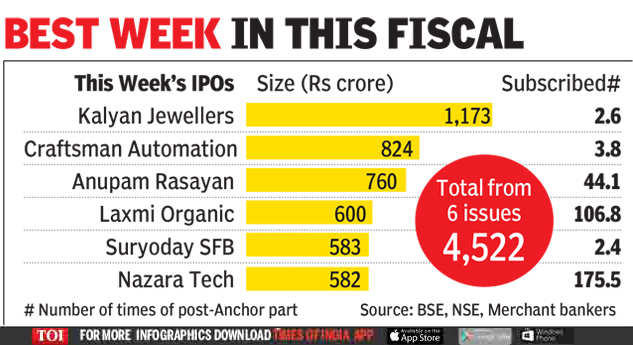Loss-making companies can pay non-executive directors – Times of India
[ad_1]
Read More/Less
NEW DELHI: Loss-making companies can now pay remuneration to their non-executive directors, including independent directors, with the government amending existing rules. The amendments have been made to certain provisions under the Companies Act, 2013.
The non-executive directors of companies having no profit or inadequate profit can be given remuneration, subject to certain conditions. The remuneration limits will be one-fifth of the total amount that can be given to managerial persons or executive directors, according to a notification issued by the corporate affairs ministry. Till now, nonexecutive directors of such companies were not allowed to receive any remuneration except sitting fee. This made it difficult for them to attract talent.
For companies having negative or less than Rs 5 crore effective capital, the annual remuneration limit for non-executive directors is Rs 12 lakh. For such companies’ executive directors, the limit will be Rs 60 lakh, the notification said. In the case of companies with effective capital of Rs 5 crore and above but less than Rs 100 crore, the non-executive directors’ annual remuneration limit is Rs 17 lakh. The limit is Rs 84 lakh for executive directors.
[ad_2]


